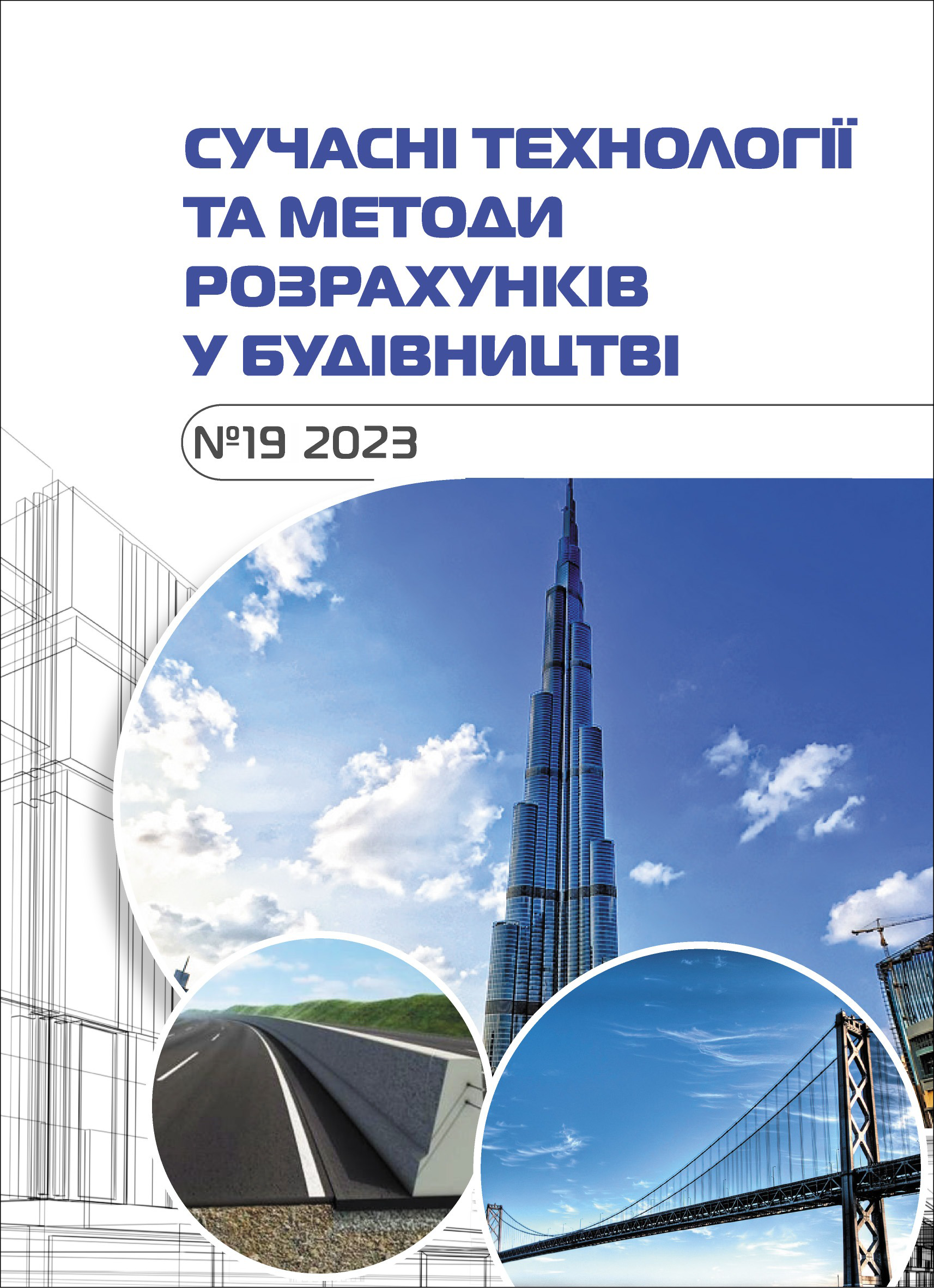Вплив надмалих доз поверхнево-активних речовин на міцність газобетону, отриманого на пергідролі
DOI:
https://doi.org/10.36910/6775-2410-6208-2023-9(19)-26Ключові слова:
бетон, перекис водню, ПАР, вуглеводи, міцність, густина, наномодифікатор.Анотація
Сучасні будівельні технології та їх стрімкий розвиток зумовлюють появу нових методів та способів створення будівельних матеріалів та керування їх властивостями. У статті показано результати дослідження вплив на властивості газобетону поверхнево-активних речовин, застосованих у надмалих дозах
Посилання
Завантаження
Опубліковано
2023-07-23
Номер
Розділ
Статті
Як цитувати
Вплив надмалих доз поверхнево-активних речовин на міцність газобетону, отриманого на пергідролі. (2023). Сучасні технології та методи розрахунків у будівництві, 19, 234-240. https://doi.org/10.36910/6775-2410-6208-2023-9(19)-26








